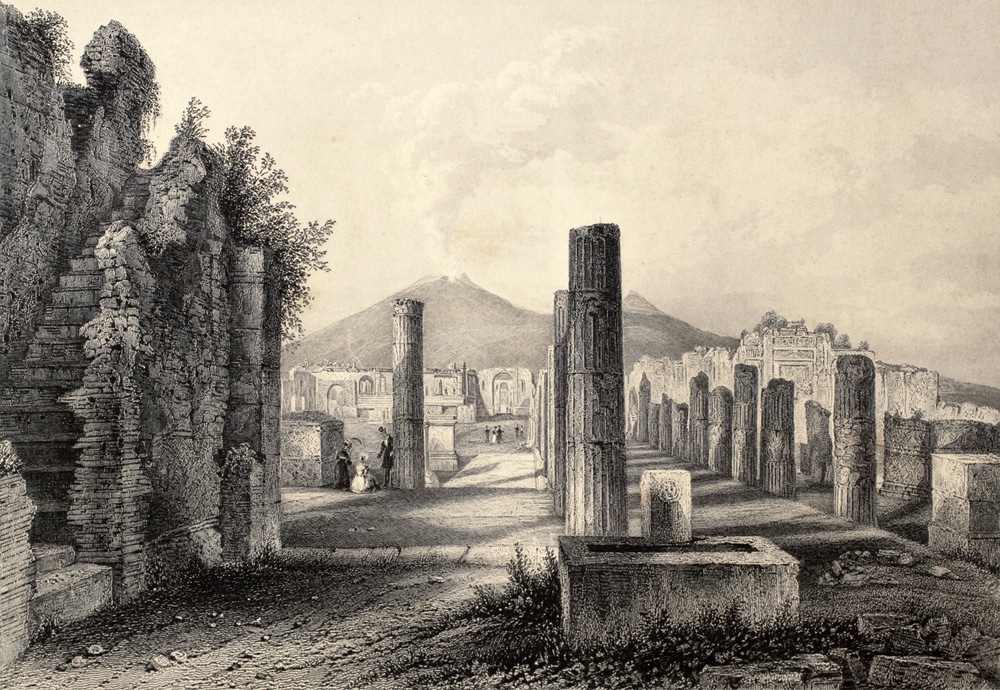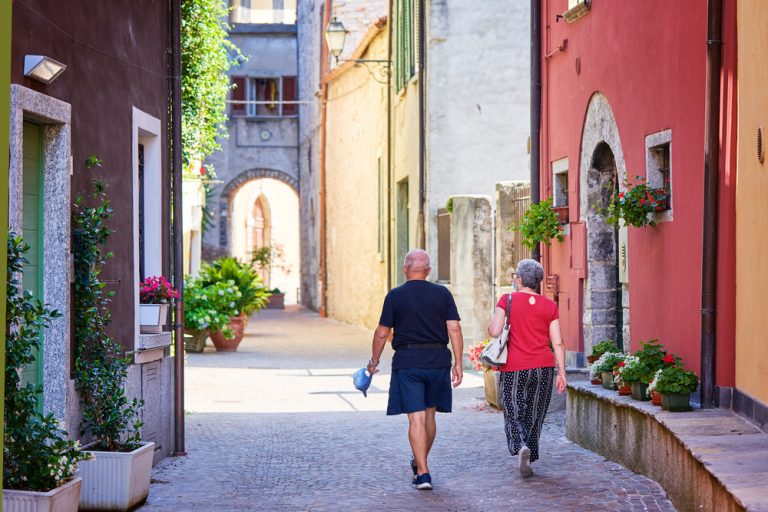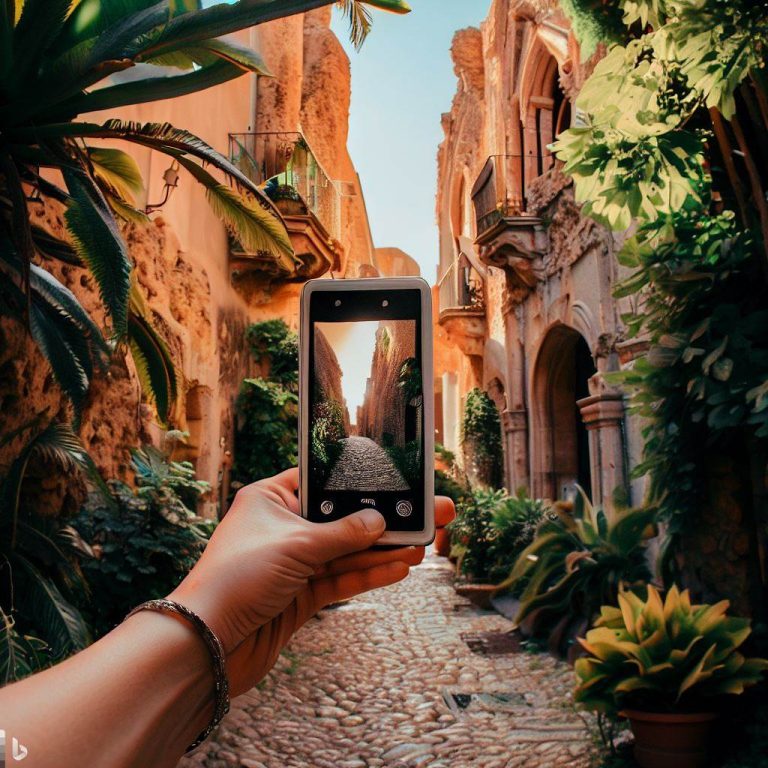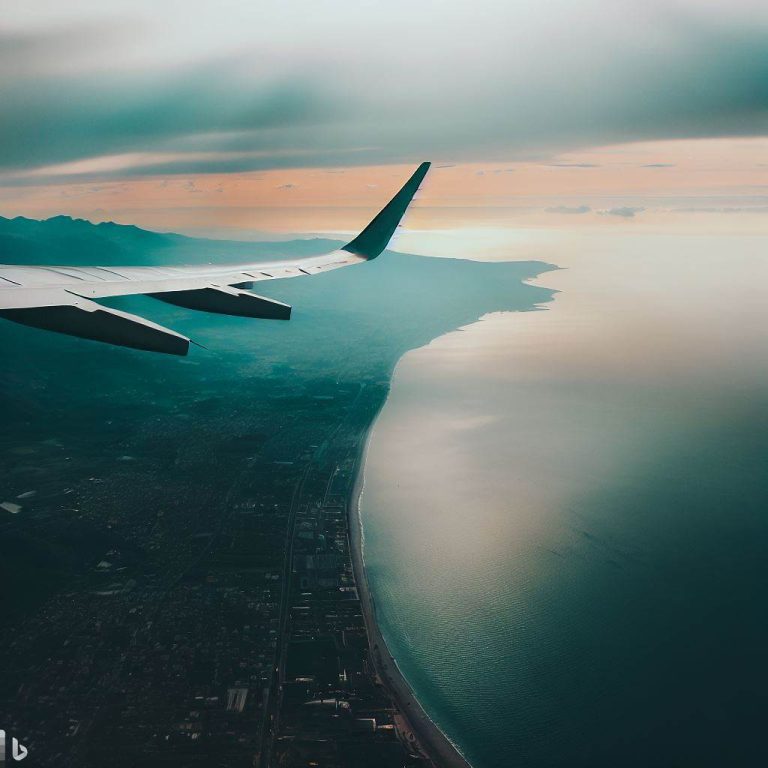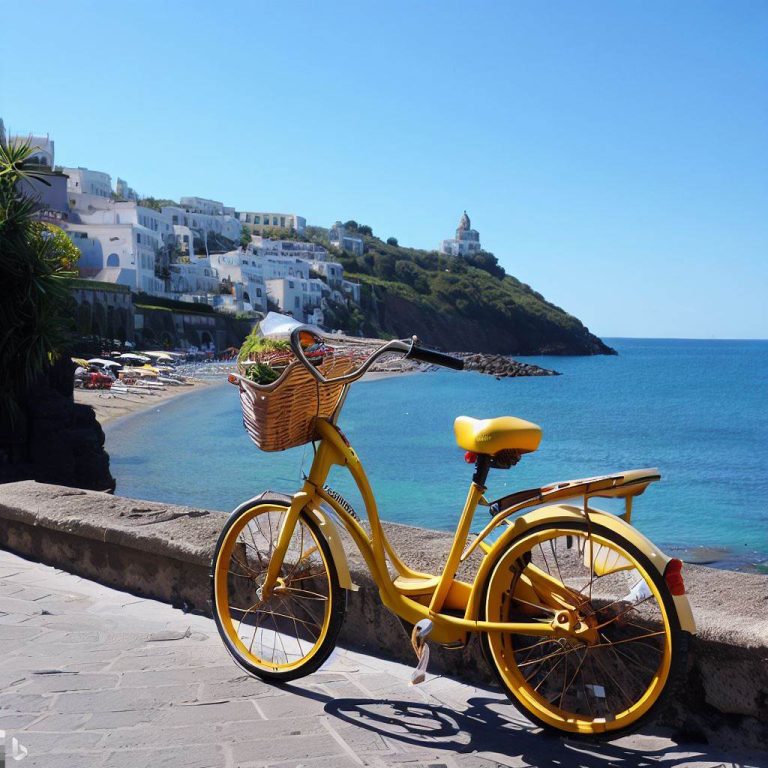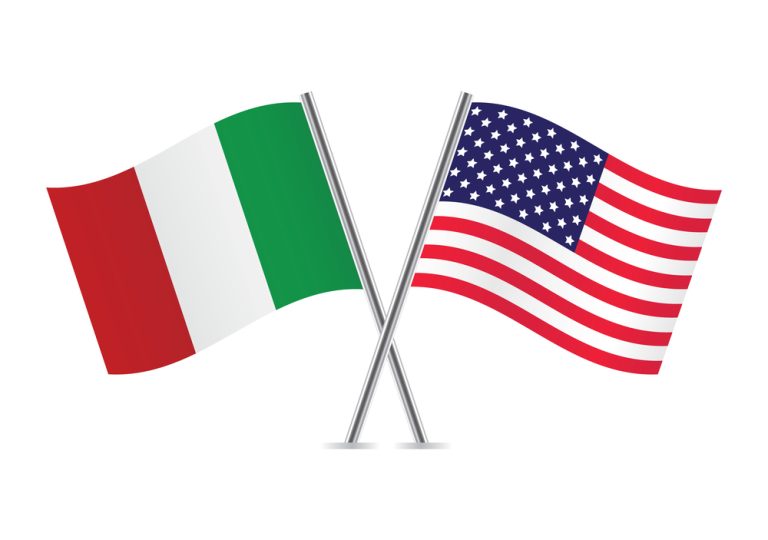Discovering the Secrets of the Pompeii Forum
Planning a trip to Italy and intrigued by its ancient history? The Forum of Pompeii holds secrets of a past civilization that will leave you spellbound. I’m here to guide you through its captivating history and significance.
The Forum of Pompeii was the central public space in the ancient city of Pompeii. It was used for various civic, religious, and economic activities. The significance of the Forum lies in its function as the heart of the city, where political, social, and religious life took place. It was built by the inhabitants of Pompeii and was bordered on three sides by colonnades. The Forum is located in the Pompeii region of modern-day Italy.
Now that you’ve had a glimpse of what the Pompeii Forum is, let’s dive deeper into its intriguing past, and the architectural wonders that have stood the test of time.
The Multifaceted Purpose of the Pompeii Forum
DETAILED ANSWER: The Forum of Pompeii was the epicenter of daily life in ancient Pompeii. It served multiple purposes, which included being a marketplace, a place for political discussions, religious ceremonies, and public gatherings.
- Economic Hub: The Forum was a bustling marketplace where merchants and traders from different regions came to sell their goods. Various shops and stalls lined the sides of the Forum, and people could buy everything from food to clothes and accessories.
- Political Center: Political activities, including speeches, discussions, and meetings of the city council, took place in the Forum. It was the place where decisions affecting the city were made, and where the citizens of Pompeii could voice their opinions and concerns.
- Religious Site: The Forum was also a significant religious center, with temples dedicated to various deities. The most prominent temple in the Forum was the Temple of Jupiter, dedicated to the chief Roman god. Other temples included those dedicated to Apollo and Venus.
The Forum of Pompeii was bordered on three sides by colonnades, and on the fourth side by the Temple of Jupiter. These colonnades provided shade for the people who came to the Forum for various activities. The Forum was meticulously planned, and its design influenced the layout of similar public spaces in other Roman cities.
MORE INFO
The Magnificent Architecture of the Pompeii Forum
The architecture of the Forum of Pompeii reflects the grandeur and sophistication of Roman engineering. The Forum was a large, rectangular space, surrounded by colonnades on three sides. These colonnades were made of columns topped with a roof, providing shade and a place to sit for the people visiting the Forum. The fourth side of the Forum was dominated by the Temple of Jupiter, a magnificent structure that stood as a testament to the religious devotion of the Pompeiians.
The Forum also contained various other buildings, including the Basilica, the Macellum (market), and the Curia (town hall). The Basilica was the largest building in the Forum and served as a courthouse. The Macellum was a market where meat and fish were sold, and the Curia was the town hall where the city council met.
One of the notable features of the Pompeii Forum was the use of local materials in its construction. The columns and other structures were made of tuff, a type of volcanic rock abundant in the region. This not only made the Forum more sustainable but also contributed to the local economy.
The Preservation and Restoration of the Pompeii Forum
The Forum of Pompeii was buried under volcanic ash and pumice during the eruption of Mount Vesuvius in 79 AD. This catastrophic event led to the preservation of the Forum and other parts of Pompeii for centuries. Excavations began in the 18th century, and since then, efforts have been made to preserve and restore the Forum and other parts of Pompeii.
Today, the Forum of Pompeii is a UNESCO World Heritage Site and attracts millions of visitors every year. It serves as a reminder of the past and a testament to the resilience of human civilization. While visiting the Forum, it’s important to be mindful of its historical significance and to respect the site and its surroundings. Walk, don’t run, and remember to dispose of your trash properly. Also, consider taking public transportation or walking to the site instead of driving to minimize your carbon footprint.
As you explore the Forum and the rest of Pompeii, take a moment to reflect on the history and the people who once lived there. It’s a humbling experience that will stay with you long after you leave.
Now, as promised, let’s dive into some Italian phrases that might come in handy during your trip.
Italian Lingo to Master Before Your Pompeii Forum Visit
Before embarking on your journey to the Pompeii Forum, equip yourself with some essential Italian phrases that will make your trip more enjoyable and engaging.
“Dove si trova il Foro di Pompei?” This translates to “Where is the Pompeii Forum located?” The response you might get is: “Il Foro di Pompei si trova nella regione di Pompei in Italia.” – The Pompeii Forum is located in the Pompeii region of Italy.
“Posso prendere delle foto?” This translates to “Can I take some photos?” The response you might get is: “Sì, ma senza flash, per favore.” – Yes, but without flash, please.
“Dove posso comprare i biglietti?” This translates to “Where can I buy the tickets?” The response you might get is: “I biglietti possono essere acquistati all’ingresso o online.” – Tickets can be purchased at the entrance or online.
“Quanto costa l’ingresso?” This translates to “How much is the entrance fee?” The response you might get is: “L’ingresso costa 15 euro per gli adulti e 9 euro per i bambini.” – The entrance fee is 15 euros for adults and 9 euros for children.
Arming yourself with these phrases will not only enhance your travel experience but also help you navigate your visit to the Pompeii Forum with ease. And remember, a smile and a friendly “Ciao!” can go a long way in making connections with the locals. Buon viaggio!
Conclusion
Exploring the Forum of Pompeii is a journey back in time that offers a glimpse into the lives of the people who once inhabited this ancient city. As you plan your trip to Italy, consider joining our Facebook group at www.facebook.com/groups/italyplanyourjourney/ for more tips and advice on making the most of your Italian adventure. Together, we can share our experiences and help each other create unforgettable memories. Ciao for now, and happy travels!

